KitchenAid Stand Mixer Review (2025): The Ultimate Kitchen Companion
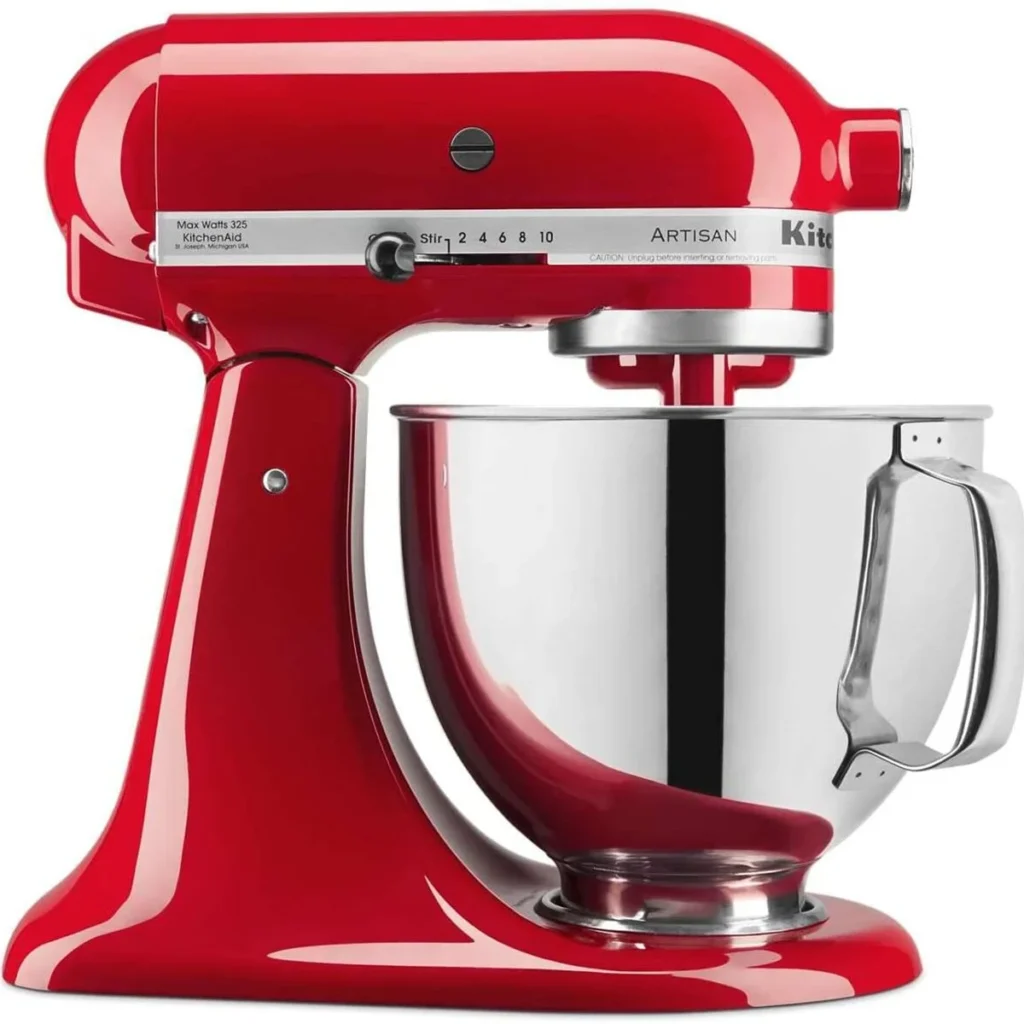
Introduction: Why KitchenAid Stand Mixers Are Still the Gold Standard
KitchenAid stand mixers have been a household staple for over a century. First introduced in 1919, this iconic appliance has revolutionized home baking, offering power, reliability, and style in one elegant package. Known for their signature design and color variety, KitchenAid mixers are often the centerpiece of any kitchen. But are they worth the investment in 2025?
In this detailed review, we’ll explore everything you need to know about KitchenAid stand mixers: types, performance, durability, accessories, and tips for choosing the best model for your needs.
Types of KitchenAid Stand Mixers
KitchenAid stand mixers come in two primary designs: Tilt-Head and Bowl-Lift. Understanding their differences is key to choosing the right model.
Tilt-Head Mixers
In these models, the head of the mixer tilts back, giving easy access to the mixing bowl. They are ideal for everyday bakers, offering flexibility and ease of use.
Popular Tilt-Head Models:
- Classic Series (4.5-quart)
- Artisan Series (5-quart)
- Deluxe (4.5-quart with bowl handle)
Best for: Home bakers, occasional use, and small to medium batches.
Bowl-Lift Mixers
These mixers feature a stationary head, and the bowl is raised or lowered using a lever. They are more powerful and better suited for handling dense dough or large quantities.
Popular Bowl-Lift Models:
- Pro 600 Series (6-quart)
- 7-Quart Pro Line
- Commercial Series (8-quart)
Best for: Frequent bakers, large families, or semi-professional use.
Most Popular Models in 2025
1. KitchenAid Artisan Series 5-Quart Tilt-Head Mixer
Key Features:
- 325-watt motor
- 5-quart stainless steel bowl with handle
- 10 speeds
- Tilt-head design
- Includes flat beater, dough hook, wire whip, and pouring shield
Pros:
- Easy to use and clean
- Ideal for everyday baking needs
- Comes in a wide variety of colors
- Fits most standard countertops
Cons:
- May wobble slightly when kneading heavy dough
- Tilt-head mechanism may be inconvenient for large batches
This model strikes a great balance between performance and size, making it the most popular choice for everyday users.
2. KitchenAid Pro 600 Series 6-Quart Bowl-Lift Mixer
Key Features:
- 575-watt motor
- 6-quart bowl
- Bowl-lift mechanism for added stability
- 10 speeds
- Includes Powerknead spiral dough hook, flat beater, and wire whip
Pros:
- Handles large or dense batches easily
- More powerful than tilt-head models
- Stable under heavy use
- Ideal for bread making
Cons:
- Heavier and larger footprint
- Slightly noisier at higher speeds
- Higher price point
If you’re baking regularly or need more power for bread, the Pro 600 is a solid upgrade.
3. KitchenAid 7-Quart Pro Line Stand Mixer
Key Features:
- 1.3 horsepower motor
- 7-quart capacity
- Bowl-lift design
- Stainless steel attachments
- Suitable for commercial or batch baking
Pros:
- Commercial-level power
- Mixes up to 14 cups of flour
- Dishwasher-safe attachments
- Extremely durable and long-lasting
Cons:
- Very heavy (over 30 pounds)
- Takes up significant counter space
- Premium price tag
Perfect for professional bakers or serious enthusiasts who want a workhorse in the kitchen.
Performance: What Can It Really Do?
KitchenAid mixers are built to handle a wide range of tasks. Let’s explore their performance in key areas:
Whipping
The wire whip attachment is excellent for whipping cream, egg whites, and light batters. The mixer achieves stiff peaks in less than 2 minutes and does so evenly and quietly.
Mixing
Thanks to planetary mixing action (where the beater spins while also rotating around the bowl), ingredients are thoroughly combined. Whether it’s cake batter or cookie dough, results are consistent.
Kneading Dough
Using the dough hook, the mixer handles everything from pizza dough to bagels. However, for high-hydration or heavy dough, bowl-lift models offer better control and power.
Speed Control
All KitchenAid mixers come with 10 speed settings:
- Stir
- Slow mix
- Blend
4–6. Beating/mixing
7–9. Fast whipping - Max speed for quick aeration
This range allows for precision across recipes, from folding ingredients to whipping air into a mousse.
Aesthetic Appeal & Customization
KitchenAid is arguably the most stylish stand mixer available. With over 40 color options—including matte finishes, pastels, and limited editions—there’s a model for every kitchen décor.
The Design Series and limited-edition models include:
- Copper accents
- Ceramic bowls
- Wood grain finishes
Customization options also include:
- Engraving
- Additional bowls in glass, ceramic, and stainless steel
- Designer attachments and accessories
These elements turn a functional appliance into a centerpiece.
KitchenAid Attachments: Unlock More Functionality
One major reason for KitchenAid’s popularity is its hub-based attachment system. With a universal power hub, the mixer transforms into a multi-function appliance.
Popular Attachments:
- Pasta roller and cutter
- Meat grinder
- Spiralizer
- Food processor
- Sifter and scale
- Ice cream maker
- Grain mill
- Citrus juicer
Each accessory is engineered to work seamlessly, saving counter space and eliminating the need for multiple appliances.
Build Quality and Durability
KitchenAid mixers are made with all-metal construction. This ensures long-term durability, even with frequent use. Some users report owning mixers that are 30+ years old and still functioning perfectly.
The motors are air-cooled and designed to last. However, proper usage (e.g., using low speed for dough) and regular maintenance help ensure longevity.
Maintenance Tips:
- Wipe the exterior with a damp cloth
- Wash attachments by hand or in the dishwasher (check compatibility)
- Don’t overload the bowl
- Use lower speeds for dough mixing
- Lubricate gears if needed (for older models)
User Feedback and Expert Opinions
KitchenAid has a loyal following among home bakers and professionals. Most user reviews praise the mixers for reliability, ease of use, and versatility.
Common Praises:
- Smooth operation and quiet motor
- Long-lasting construction
- Consistent mixing results
- Great customer service and warranty support
Common Complaints:
- Expensive, especially with attachments
- Some models are bulky and heavy
- Tilt-heads can be awkward when adding ingredients
Despite these minor issues, the overall user experience is overwhelmingly positive.
KitchenAid Stand Mixer Pros and Cons
| Pros | Cons |
| Durable all-metal construction | Pricey compared to competitors |
| Wide variety of colors and designs | Heavy and not easy to store |
| Planetary mixing action for thorough mixing | Tilt-head models may wobble under strain |
| Versatile with many attachments | Attachments sold separately |
| Excellent resale value | May require periodic servicing |
Who Should Buy a KitchenAid Stand Mixer?
Buy If You:
- Bake regularly or in large batches
- Want an appliance that lasts decades
- Enjoy multi-functional kitchen tools
- Value aesthetic design and color choices
- Are building a serious home baking setup
Avoid If You:
- Rarely bake or cook at home
- Have limited counter space or storage
- Are on a tight budget
- Prefer lightweight or compact appliances
Price Guide and Where to Buy
KitchenAid mixers range in price depending on the model:
- Classic Series: $250–$300
- Artisan Series: $400–$500
- Pro 600 Series: $500–$600
- Pro Line 7-Quart: $650–$750
- Limited Editions: $700–$900+
They are available at most major retailers, including department stores, kitchen specialty shops, and online. Consider refurbished models directly from KitchenAid for substantial savings with warranty coverage.
Best times to buy: Prime Day, Black Friday, Cyber Monday, and KitchenAid anniversary sales.
Comparison with Other Stand Mixers
KitchenAid vs. Cuisinart:
- KitchenAid has a wider range of attachments and color options.
- Cuisinart offers competitive pricing and similar motor strength.
- KitchenAid offers better brand recognition and resale value.
KitchenAid vs. Bosch Universal:
- Bosch is better for high-volume bread baking.
- KitchenAid wins on design, accessories, and versatility.
KitchenAid vs. Budget Brands:
- Budget mixers may lack power, durability, and attachment options.
- KitchenAid is a long-term investment that holds its value.
Tips for Maximizing Your KitchenAid Mixer
- Start slow: Always begin mixing on the lowest speed to avoid splattering.
- Use the right attachment: Flat beater for batters, dough hook for kneading, wire whip for aeration.
- Lock the head (tilt-head models): Prevents wobbling and ensures consistent results.
- Store attachments inside the bowl: Saves space and keeps them handy.
- Invest in a second bowl: Makes multitasking easier during complex recipes.
Final Verdict: Is a KitchenAid Stand Mixer Worth It in 2025?
Absolutely—if you’re serious about baking or want a versatile kitchen tool that lasts for decades, the KitchenAid stand mixer is a top-tier choice. It offers performance, style, and expandability unmatched by most competitors.
Whether you go with the Artisan for everyday use or upgrade to a 7-quart model for heavier tasks, you’ll be investing in a kitchen companion that’s trusted by generations.
Summary: Why KitchenAid Stands Above the Rest
- Performance: Powerful motors, consistent mixing, excellent whipping and kneading.
- Durability: All-metal construction, long lifespan, and strong brand reputation.
- Versatility: Wide range of attachments turns mixer into a multifunction appliance.
- Style: Dozens of colors, custom options, and iconic design.
- Support: Excellent customer service, warranty options, and accessory availability.




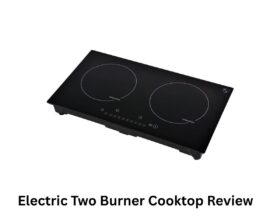
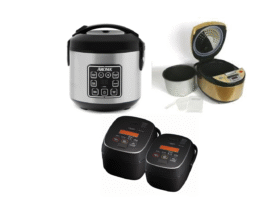
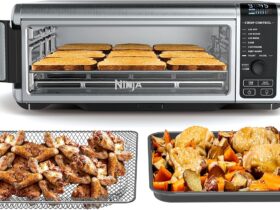
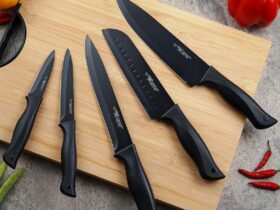

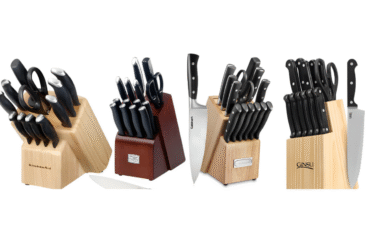

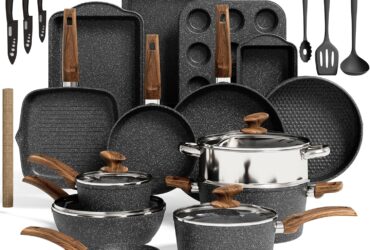


Leave a Reply